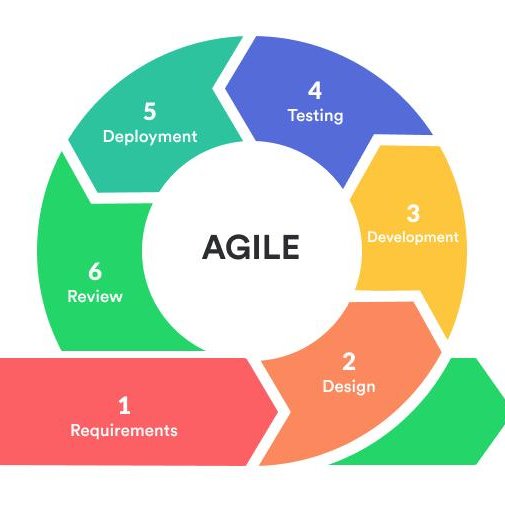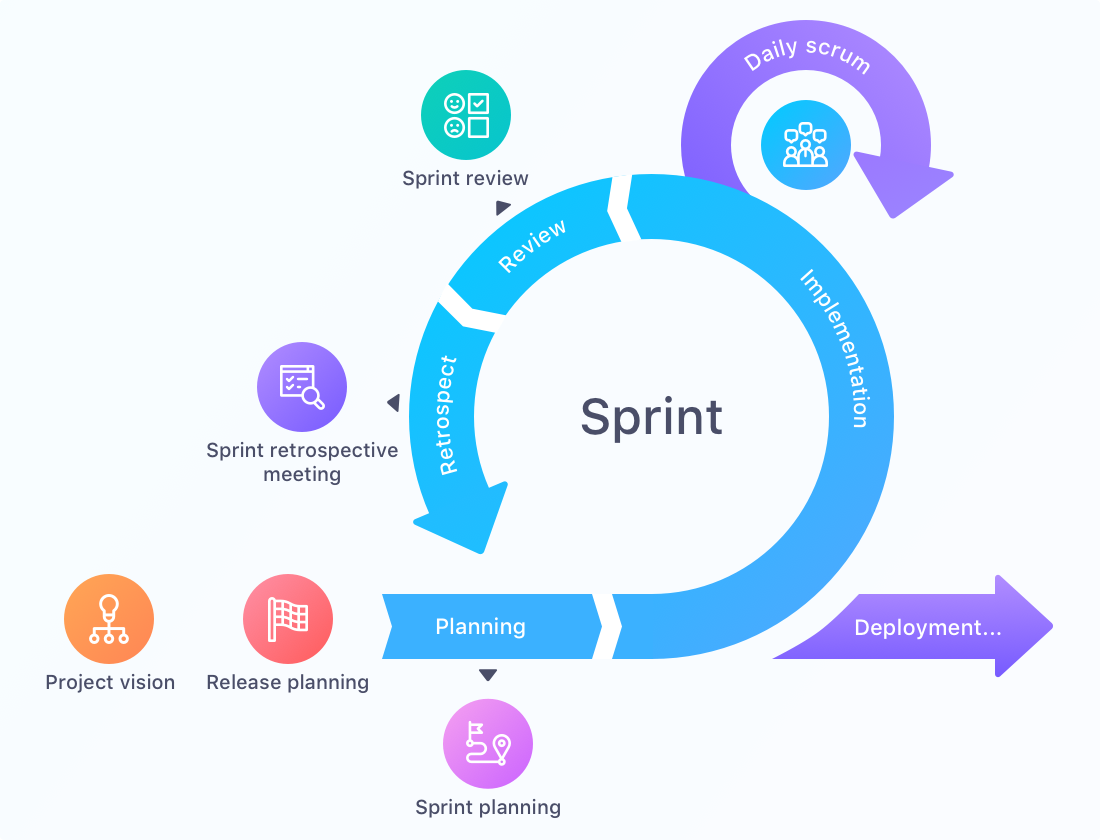Team formation and development is a crucial aspect of the Agile process. In Agile, teams are typically cross-functional and self-organizing, which means that team members are responsible for their work and decisions. Here’s a more detailed explanation of team formation and development in Agile, along with potential issues and ways to mitigate them:
- Forming: In this stage, team members are introduced to each other and begin to get to know one another. They may be unsure of their roles and responsibilities and the project’s objectives. This can result in a lack of clarity and direction, which can impede progress. To mitigate this issue, provide a clear project roadmap, define roles and responsibilities, and establish team norms and expectations.
- Storming: As team members start to work together, they may have different opinions and ideas, which can lead to conflict. This can result in a lack of trust and communication breakdowns. To mitigate this issue, encourage open and honest communication, listen actively to team members, and establish conflict resolution processes.
- Norming: In this stage, team members start to work together more cohesively and establish shared goals. However, there may still be issues around alignment and priorities. To mitigate this issue, continuously reinforce shared goals and priorities, celebrate small wins, and provide opportunities for team-building activities.
- Performing: Once the team is working collaboratively and efficiently, they will start to achieve project goals. However, this stage can be challenging because team members may experience burnout and loss of motivation. To mitigate this issue, encourage a healthy work-life balance, recognize and reward team members’ contributions, and provide opportunities for professional development.
- Adjourning: Once the project ends, the team will move on to other assignments. This can result in a loss of expertise and knowledge. To mitigate this issue, conduct a retrospective to capture lessons learned and best practices, share knowledge with other teams, and celebrate the team’s achievements.
It’s important to note that team formation and development is not always a linear process and may vary depending on the project and team dynamics. Therefore, it’s crucial for Agile leaders to remain flexible and adaptable and to continually assess and address any issues that arise.
| Stage of Team Formation | Description | Potential Issues | Ways to Mitigate |
|---|---|---|---|
| Forming | Team members meet for the first time and get to know each other. | Lack of clarity around roles and responsibilities. | Provide a clear project roadmap, define roles and responsibilities, and establish team norms and expectations. |
| Storming | Team members begin to voice their opinions and ideas, which can lead to conflict. | Lack of trust and communication breakdowns. | Encourage open and honest communication, listen actively to team members, and establish conflict resolution processes. |
| Norming | Team members start to work together more cohesively and establish shared goals. | Lack of alignment around project goals and priorities. | Continuously reinforce shared goals and priorities, celebrate small wins, and provide opportunities for team-building activities. |
| Performing | The team works collaboratively and efficiently to achieve project goals. | Burnout and loss of motivation. | Encourage a healthy work-life balance, recognize and reward team members’ contributions, and provide opportunities for professional development. |
| Adjourning | The project ends and team members move on to other assignments. | Loss of expertise and knowledge. | Conduct a retrospective to capture lessons learned and best practices, share knowledge with other teams, and celebrate the team’s achievements. |




